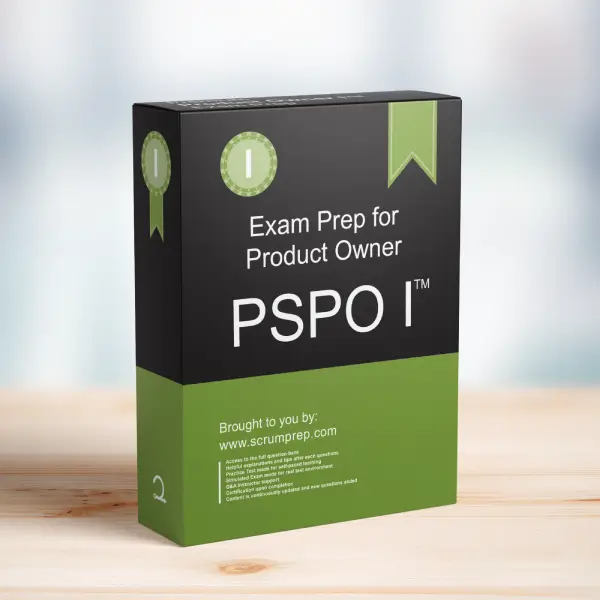Adopting Scrum and Terminology Changes
When an organization decides to adopt Scrum but wants to change the terminology to fit with existing terminology, it can lead to several outcomes. This article explores the implications of altering Scrum terminology and the potential impact on the adoption process.
Exam Question
An organization has decided to adopt Scrum, but management wants to change the terminology to fit with terminology already used. What will likely happen if this is done?
(choose the best answer)
A. Without a new vocabulary as a reminder of the change, very little change may actually happen.
B. The organization may not understand what has changed with Scrum and the benefits of Scrum may be lost.
C. Management may feel less anxious.
D. All answers apply.
Correct Answer
D. All answers apply.
Explanation
Correct Answer
D. All answers apply:
Changing the terminology when adopting Scrum can have several effects. Without a new vocabulary, it may be challenging to distinguish the new practices from old habits, making it harder to implement real change (A). The organization may also struggle to understand what Scrum entails, leading to a loss of its benefits (B). While management might feel less anxious by using familiar terms (C), this comfort can come at the cost of failing to adopt Scrum’s core principles effectively.
Incorrect Answers
A. Without a new vocabulary as a reminder of the change, very little change may actually happen:
This answer is correct but only partially addresses the broader implications.
B. The organization may not understand what has changed with Scrum and the benefits of Scrum may be lost:
This answer is also correct but does not capture the complete picture.
C. Management may feel less anxious:
This answer is accurate but focuses only on the management perspective without considering the overall impact on the organization.
Responsibilities in Scrum
- Product Owner: Ensures the Product Backlog is ordered and manages the product’s value. They should help the team and stakeholders understand Scrum’s terminology and practices to maximize benefits.
- Scrum Master: Facilitates the adoption of Scrum practices, including maintaining the integrity of Scrum terminology to ensure a clear understanding of roles, events, and artifacts.
- Developers: Responsible for delivering potentially releasable Increments of product each Sprint. Understanding and using Scrum terminology helps them align with the framework’s principles and collaborate effectively.
Relevance to the PSPO I Exam
Understanding the importance of maintaining Scrum terminology is crucial for the PSPO I exam. It ensures that candidates recognize the role of consistent language in reinforcing the changes and benefits of adopting Scrum practices.
Key Takeaways
- Changing Scrum terminology can hinder the adoption of Scrum principles.
- Familiar terminology might comfort management but can dilute the understanding and benefits of Scrum.
- Consistent use of Scrum vocabulary is essential for effective change and adoption.
Conclusion
Altering Scrum terminology to fit existing terms can significantly impact the successful adoption of Scrum within an organization. Maintaining the standard Scrum vocabulary is critical to ensure that the changes are clear, understood, and effectively implemented. For more insights and preparation tips for the PSPO I exam, visit our PSPO I Exam Prep.


